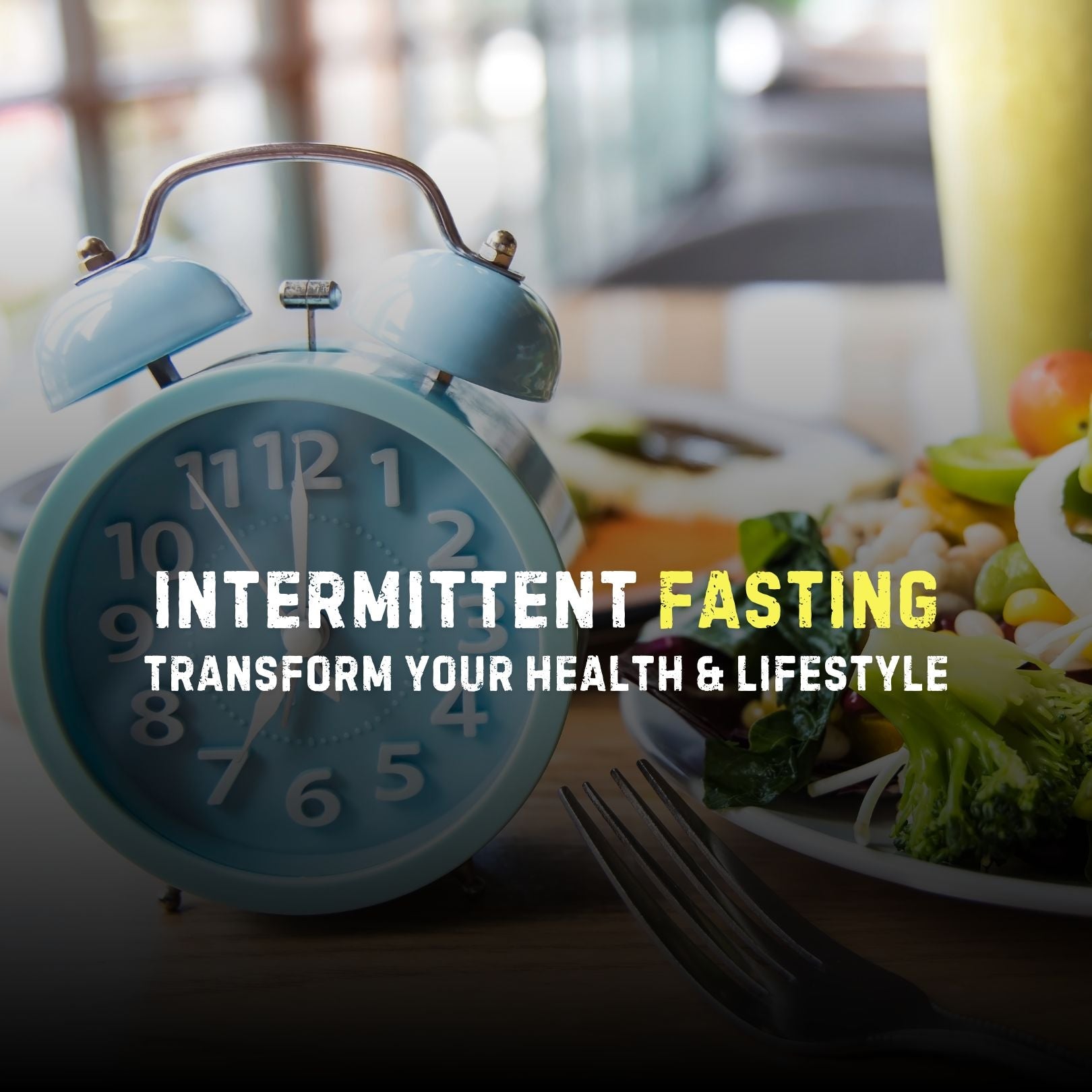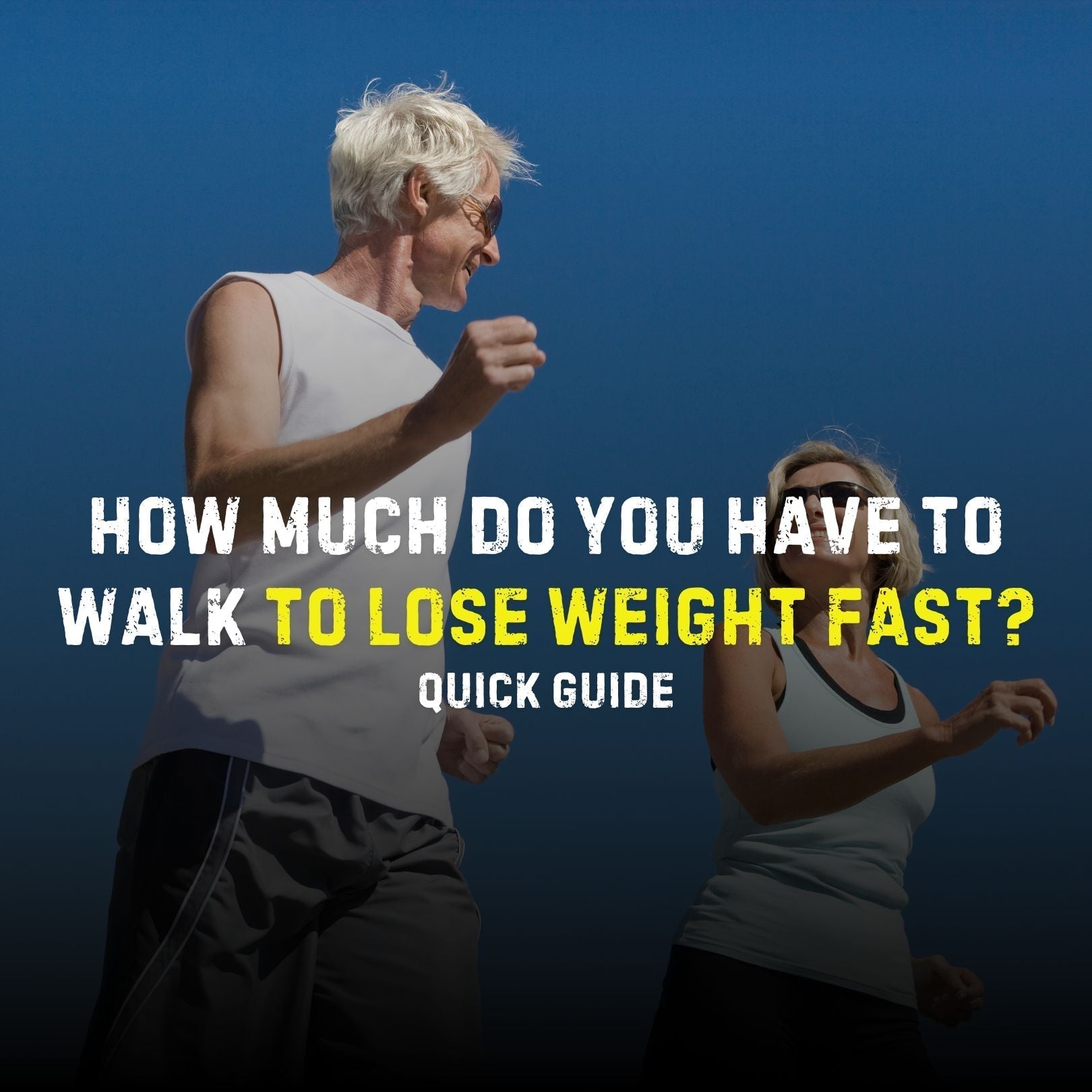
Intermittent Fasting: Transform Your Health & Lifestyle
Intermittent fasting has exploded in popularity across the US as a simple yet effective eating pattern. It’s not just another diet trend—it’s a lifestyle choice that focuses on when you eat, not what. This flexibility makes it a go-to for Americans looking to lose weight, boost energy, and simplify their eating habits. With potential benefits like improved metabolism and fat burning, it’s no wonder why intermittent fasting for weight loss is a hot topic. Let’s dive into why this approach might be your ticket to better health.
What Is Intermittent Fasting?
Intermittent fasting (IF) is an eating pattern that alternates between periods of eating and fasting. Unlike traditional diets, it doesn’t restrict what you eat but focuses on timing. This method is gaining traction for its simplicity and potential to support weight management and overall wellness. Many Americans find it easier to stick with than calorie-counting diets, making it a sustainable choice for long-term health.
Types of Intermittent Fasting
Intermittent fasting comes in various forms, each tailored to different lifestyles and goals. Whether you’re a beginner or a seasoned faster, there’s a method for you. Here are the most popular types:
- 16/8 Method: Fast for 16 hours and eat within an 8-hour window. It’s beginner-friendly and fits busy schedules.
- 5:2 Diet: Eat normally for five days, then limit calories to 500-600 on two non-consecutive days.
- Eat-Stop-Eat: Fast for 24 hours once or twice a week, typically from dinner to dinner.
- Alternate-Day Fasting: Fast every other day, consuming minimal or no calories on fasting days.
- Warrior Diet: Eat small amounts of raw fruits and veggies during the day, followed by one large meal at night.
Each method has its own rhythm. For example, the 16/8 method suits daily routines, while the 5:2 diet offers flexibility for those with varied schedules. Pair your fasting with high-quality supplements like ISO Pro Whey Protein Isolate to support muscle recovery during eating windows.
Common Intermittent Fasting Schedules
Choosing the right schedule is key to making intermittent fasting work for you. Here are some popular schedules:
- 16/8 Schedule: Fast from 8 PM to 12 PM the next day, eating between 12 PM and 8 PM.
- 5:2 Schedule: Pick two non-consecutive days to limit calories, eating normally the other five.
- 24-Hour Fast: Fast from dinner one day to dinner the next, once or twice weekly.
- Alternate-Day Schedule: Fast every other day, keeping calories low or at zero on fasting days.
- Warrior Schedule: Fast during the day, eating a large meal in a 4-hour evening window.
Consistency is crucial. Pick a schedule that aligns with your lifestyle and energy needs. For an extra boost during eating windows, try Elevate BCAA/EAAs to fuel your workouts and recovery.

Credit: www.health.harvard.edu
Health Benefits of Intermittent Fasting
Intermittent fasting isn’t just about shedding pounds—it’s about boosting overall health. From weight loss to better metabolic health, the benefits are backed by science. Let’s break it down.
Weight Loss
Intermittent fasting is a powerful tool for weight loss. By limiting eating windows, it naturally reduces calorie intake, helping you shed pounds. Here’s how it works:
- Reduced Caloric Intake: Shorter eating windows mean fewer calories consumed.
- Increased Fat Burning: Lower insulin levels during fasting promote fat breakdown.
- Boosted Metabolism: Short-term fasting can increase metabolic rate by 3.6% to 14%.
Studies show intermittent fasting can lead to 3-8% weight loss over 3-24 weeks, comparable to traditional diets. For enhanced fat-burning results, consider adding Alpha Extreme or Shred to your routine.
Metabolic Health
Intermittent fasting supports metabolic health by improving key markers. Benefits include:
- Lower Insulin Levels: Reduces insulin resistance, improving blood sugar control by 20-31%.
- Reduced Inflammation: Lowers inflammation markers by 3-5%, promoting overall health.
- Improved Heart Health: Decreases LDL cholesterol and triglycerides, reducing heart disease risk.
These changes make intermittent fasting a great choice for long-term wellness. Stay hydrated with Lytes to support your body during fasting periods.
How to Start Intermittent Fasting
Starting intermittent fasting can feel daunting, but with the right approach, it’s manageable. Here’s how to kick things off.
Preparing Your Body
Ease into fasting by preparing your body. Start by tracking your current eating habits with a food diary for a week. Gradually cut back on snacking and focus on three balanced meals daily. Stay hydrated with water, herbal teas, or black coffee, which won’t break your fast.
- Begin with a 12-hour fast (e.g., 7 PM to 7 AM).
- After a week, extend to a 14-hour fast if comfortable.
- Listen to your body—adjust if you feel tired or unwell.
Learn to distinguish true hunger from boredom. True hunger comes with low energy or irritability, while boredom may lead to mindless snacking. For an energy boost during eating windows, try Surge Pre-Workout.
Creating a Meal Plan
A solid meal plan is critical for intermittent fasting success. Focus on nutrient-dense foods like protein, healthy fats, and complex carbs. Include plenty of fruits and veggies for vitamins and fiber to keep you full.
Here’s a sample meal plan for a 16/8 schedule:
| Time | Meal |
|---|---|
| 8:00 AM | Oatmeal with nuts and berries |
| 12:00 PM | Grilled chicken salad with mixed greens |
| 6:00 PM | Baked salmon with quinoa and broccoli |
Meal prep saves time and prevents unhealthy choices. Use ISO Pro Whey Protein Isolate for quick, protein-packed meals.
Potential Risks of Intermittent Fasting
While intermittent fasting offers many benefits, it’s not without risks. Understanding these helps you make informed choices.
Nutritional Deficiencies
Limited eating windows can lead to nutrient deficiencies if meals aren’t balanced. Watch out for:
- Vitamins: Low fruit and veggie intake can reduce vitamin levels.
- Minerals: Insufficient iron or calcium can affect overall health.
- Proteins: Inadequate protein can harm muscle health.
| Deficiency | Symptoms |
|---|---|
| Vitamin D | Weak bones, fatigue |
| Iron | Anemia, weakness |
| Calcium | Brittle bones, cramps |
Plan nutrient-rich meals and consult a nutritionist if needed. Supplements like Elevate BCAA/EAAs can help fill nutritional gaps.
Impact on Mental Health
Fasting can affect mental health, causing irritability, anxiety, or mood swings. Key impacts include:
- Stress: Skipping meals may increase stress levels.
- Anxiety: Obsessing over food can heighten anxiety.
- Mood Swings: Nutrient shortages can lead to mood fluctuations.
Listen to your body and adjust your fasting schedule if mental health is affected. Seek professional advice if needed.
Frequently Asked Questions
Is it better to fast for 12 or 16 hours?
Fasting for 16 hours can boost fat burning and metabolic health more than a 12-hour fast, making it ideal for weight loss. However, a 12-hour fast is easier to maintain and still offers benefits. Choose based on your goals and lifestyle, and consult a doctor before starting.
What are the basic rules of intermittent fasting?
Intermittent fasting involves cycling between eating and fasting periods. Pick a method like 16:8 or 5:2, stay hydrated with water or unsweetened tea, eat balanced meals during eating windows, and listen to your body. Gradually adapt and consult a healthcare professional.
How much weight can I lose in 1 month with intermittent fasting?
You can lose 4-8 pounds in a month with intermittent fasting, depending on diet, exercise, and metabolism. Maintain a balanced diet, stay hydrated, and consider supplements like Shred for enhanced results. Consult a doctor before starting.
How do you perform intermittent fasting?
Choose a method like 16:8 or 5:2, fast during set hours, and consume only water, coffee, or tea without sugar. Eat nutrient-dense meals during eating windows. Start gradually, listen to your body, and boost energy with Surge Pre-Workout.
Conclusion
Intermittent fasting is a game-changer for many Americans seeking weight loss, better energy, and improved health. It’s flexible, sustainable, and backed by science. Start slow, consult a doctor, and pair it with a balanced diet and supplements like Alpha Extreme or Lytes for optimal results. With patience, intermittent fasting can be a key part of your healthy lifestyle.






Leave a comment
This site is protected by hCaptcha and the hCaptcha Privacy Policy and Terms of Service apply.